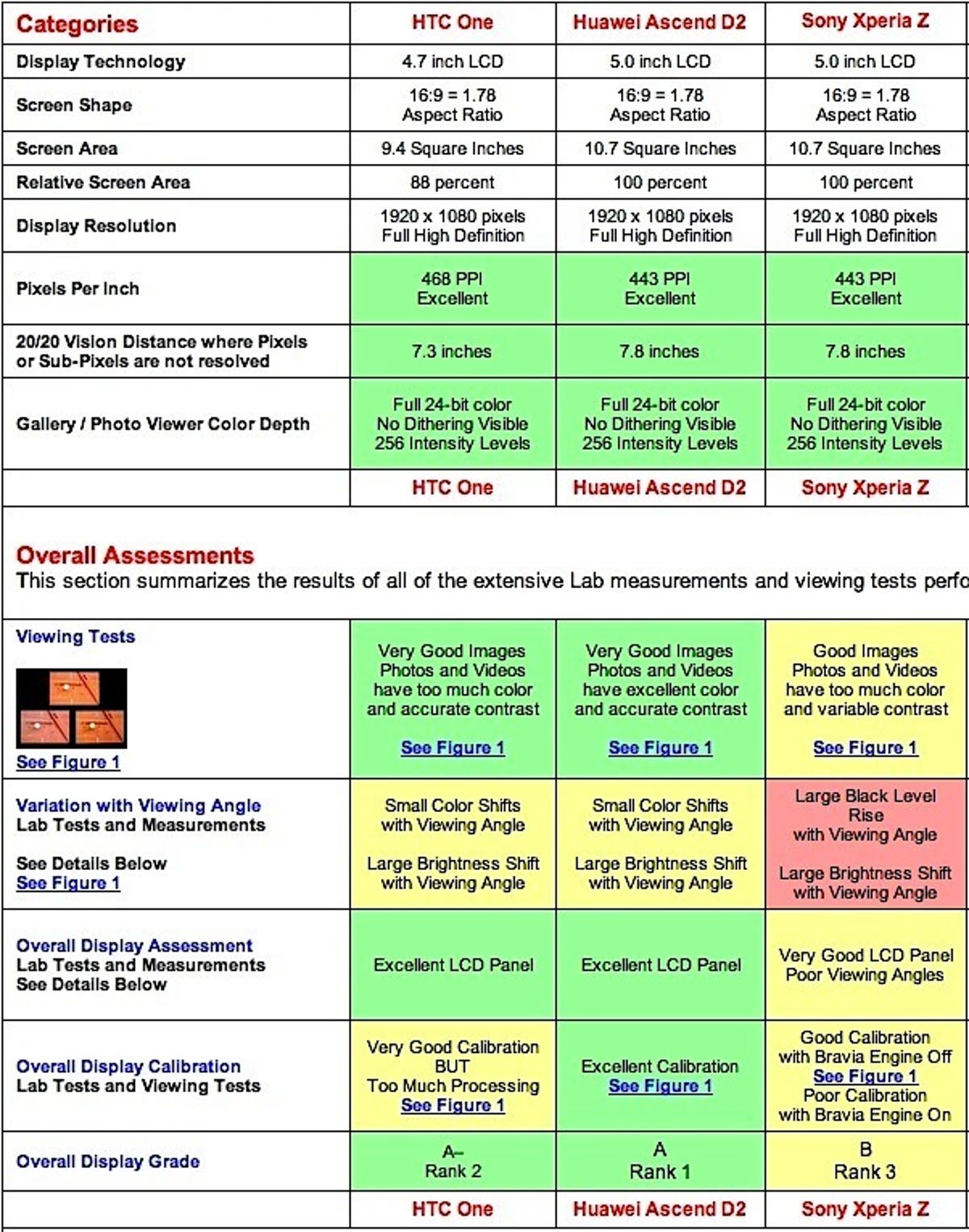Next stop for the 5G hype train: Reality?
The next generation of cellular technology promises a massive boost in speed, more ubiquitous coverage and a responsiveness quick enough to handle remote surgery or autonomous vehicles. It’s supposed to be the fuel that drives all other innovations at CES 2018. Despite the numerous company announcements and field trials from the wireless industry, we don’t seem to be that much closer to 5G, which is widely expected to roll out in a big way by 2019.
AT&T is hoping to speed up the timetable. The company said on Thursday that it plans to launch its mobile 5G network in a dozen markets in late 2018, along with a single device able to tap into that network. This is different from Verizon’s plan to offer 5G service as a replacement for home broadband service this year. AT&T’s 5G will look more like the typical cellular service you enjoy now.


AT&T is shooting for 5G bragging rights.
Roberto Machado Noa/Getty
If it meets its deadline, AT&T would be the first carrier in the US to launch a mobile 5G service, which has the ability to eventually transform our world through broader, faster and more reliable coverage. The promised speeds are far faster than what most people can get at home (download a season’s worth of “Stranger Things” in seconds), but 5G will also better power the growing family of connected devices in our lives. The launch of 4G gave us Uber, Snapchat and live-streaming video — 5G potentially opens the door even wider to new innovations.
That promise has the carriers engaged in a war of words over 5G. Verizon struck first in 2015 by saying it would the first to launch field trials of 5G, and is on track to deliver a type of fixed 5G service later this year.
“We are encouraged to hear that other wireless providers are beginning to adopt our strategy toward unleashing the full potential of 5G mobile technology,” Ed Chan, chief technology architect at Verizon, said Thursday. “This is good news for customers, society and the 5G ecosystem.”
T-Mobile has mocked both Verizon and AT&T as fueling the hype and potentially disappointing customers. Now AT&T is looking to up the timeline again.
AT&T, however, is light on details. Gordon Mansfield, vice president of radio access network and device design for AT&T, said that while there would be a single type of device able to tap into the 5G network, he wouldn’t comment on what the gadget would look like. Whatever the form, the device is expected to use 4G for most of its normal connection, and switch to 5G when the extra speed is appropriate — think a download, live-streaming video or another bandwidth-intensive app.
Related stories
- CES 2018 is where you’ll start caring about 5G
- Qualcomm says 5G is the biggest thing since electricity
- Verizon to launch residential 5G service next year
- Get ready for ‘unlimited data’ of 5G networks in 2019
He also declined to say which markets would get 5G coverage. The company has rolled out the confusingly named “5G Evolution” markets over the past year — cities with the infrastructure for higher wireless speeds, but isn’t actually 5G. The company calls 5G Evolution the foundation for 5G, although Mansfield wouldn’t say if one of the 23 metro areas would be in the dozen 5G markets.
Here’s a list of the “5G Evolution” markets: Atlanta; Austin; Boston; Bridgeport, Connecticut; Buffalo, New York; Chicago; Fresno, California; Greenville, South Carolina; Hartford, Connecticut; Houston; Indianapolis; Los Angeles; Louisville; Memphis; Nashville; New Orleans; Oklahoma City; Pittsburgh; San Antonio; San Diego; San Francisco; Tulsa; and Sacramento, California.
The timing of AT&T’s launch is curious given that major chip supplier Qualcomm has said it doesn’t expect the first devices to include 5G radios until the first half of 2019.
Mansfield, however, said AT&T has worked with a number of partners and suppliers to ensure a device will launch commercially this year.
Expect to hear more about 5G at CES 2018 next week.
Update, 4:39 p.m. PT: Added comment from Verizon.




